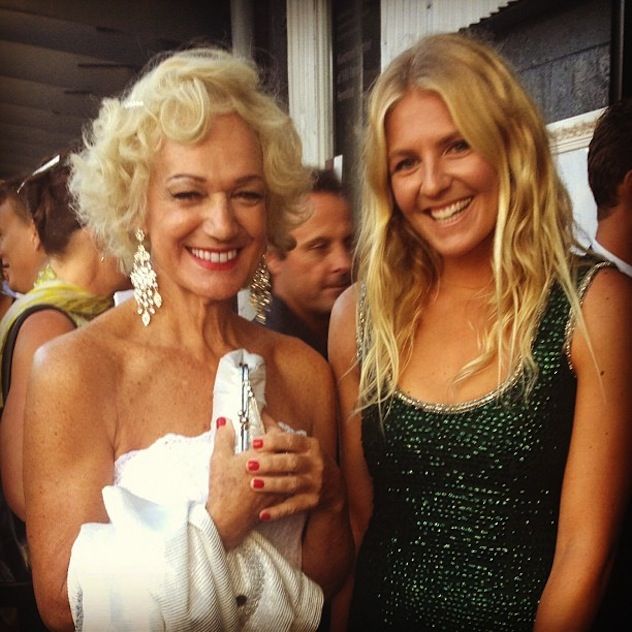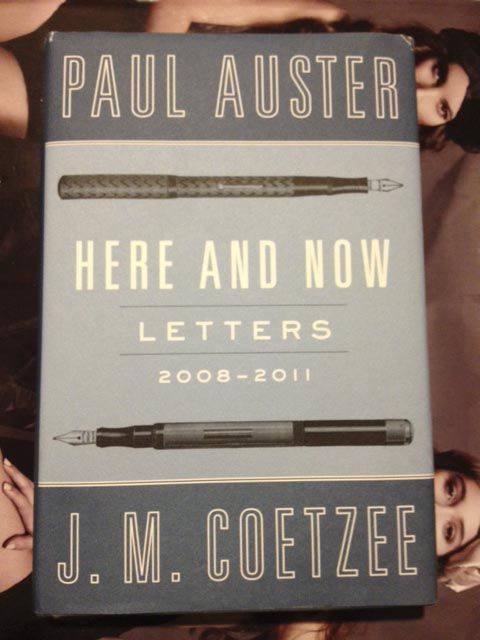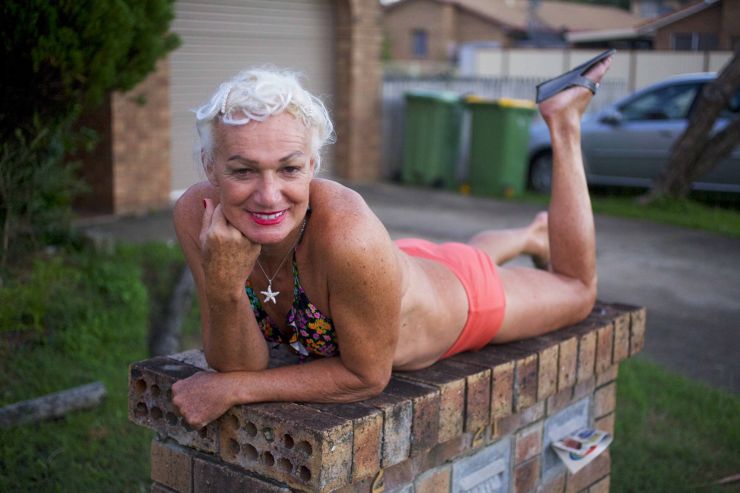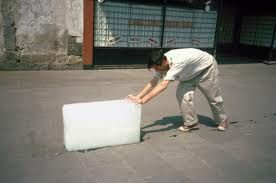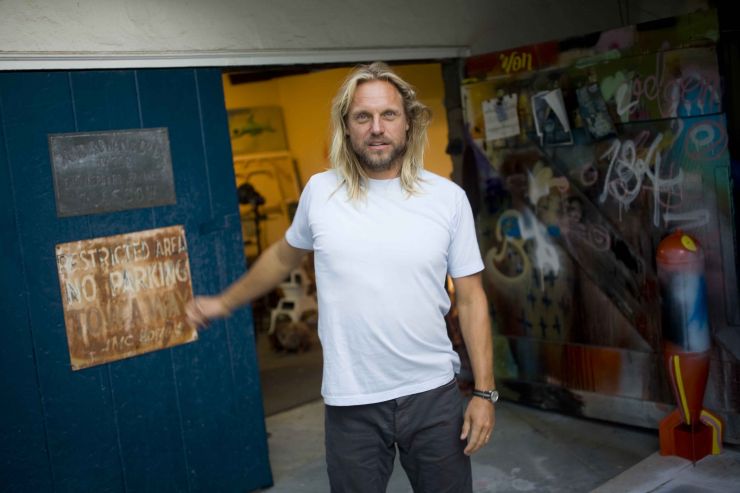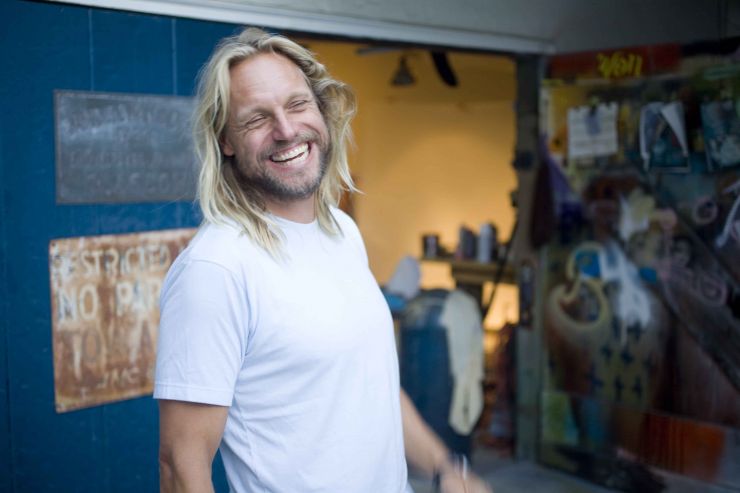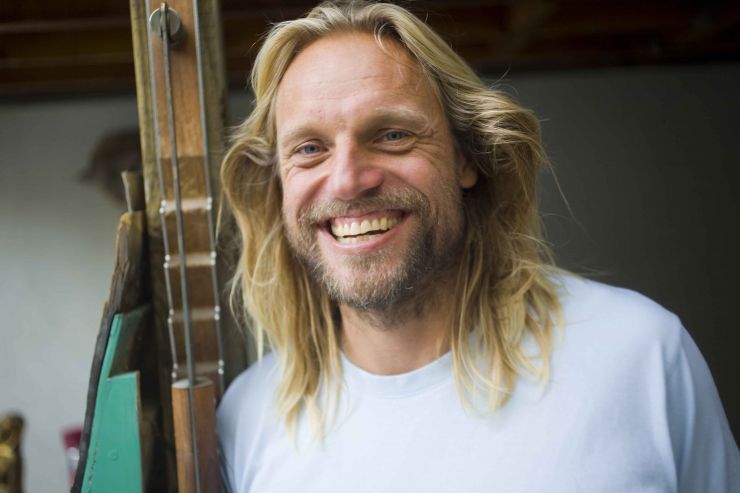Francis Alÿs is six-foot-four and beanpole thin. He is a walker. In “Narcotourism,” the Belgian-born, Mexico City-based artist wanders through Copenhagen for seven days, ingesting a different drug from a pharmaceutical smorgasbord each day. “The journey was followed by a period of depression,” he wrote in notes that accompanied the piece. “I understood it, but I could not help sinking into it.”
In “Doppelganger,” he strolls unfamiliar streets in search of his double. It’s part conceptual art/part private game he invented to play when visiting new cities. “It’s not so much about physical likeness as a certain attitude, a way of walking,” he told The New Yorker. “You could say it’s about finding myself.”
In “Paradox of Praxis 1 (Sometimes Doing Something Leads to Nothing),” he pushes a large block of ice through the center of Mexico City for more than nine hours until there’s nothing left of it—a parody of the massive disproportion between effort and result in much of Latin American life.
In “Re-enactments,” he buys a 9mm Beretta in a gun shop and hits the crowded Mexico City streets, walking purposefully and urgently, the gun held conspicuously at his side. The piece is presented on two screens. One shows the actual event as it happened; the other shows a reenactment of it. It’s a commentary on the ambiguities within documentary and fiction. It takes a disturbingly long amount of time for the police to intervene.
I first came across Alÿs’s work at Tate Modern in London in 2010. A big, sprawling retrospective, I was entranced by “Tornado.” In this 39-minute video, we see first an evil-looking brown tornado swirling on the horizon. Crossing flat desert on foot, camera in hand, Alÿs takes us closer and closer until we’re fully engulfed by it. We hear him pant and moan. The screen goes chaotically black. Wall text told the story: "For the last decade Alÿs has made repeated trips to the dusty highlands south of Mexico City to chase the tornadoes that frequently occur in that region at the end of the dry season. Tornado unfolds in three movements: waiting for the storms, pursuing them, and catching or missing them. Depicting a one-on-one challenge of the power of nature, the work is a recognition of human persistence, emphasizing the necessity of pursuing ideals however unattainable or absurd they may seem. It is also a reflection on the present chaotic state of Mexico and a study of the search for a moment of order within it; scientifically speaking, tornadoes are instances of order emerging from chaos."
“Tornado” and virtually every last one of his strange, poetic pieces completely sold me on Alÿs. I left the museum feeling lighter, younger, mischievous. Unlike, say, Michelangelo’s “The Last Judgement” or Damien Hirst’s “For the Love of God” —the former requiring prodigious skill and time, the latter $22.5 million in materials alone—Alÿs’s work makes it all feel within reach. It presents art as play. It casts the world in symbols and allegories. It makes you look deeper into such everyday acts as a kid kicking a ball down the street.
Alÿs himself, however, is not so accessible. I was supposed to sit down with him for an interview during his recent show at David Zwirner Gallery in New York, but for a whole heap of reasons that didn’t happen. I did meet him briefly at his opening. He was the tallest man in the room. Tanned, bright-eyed, clad in loose-fitting coat and scarf, he exuded a certain Lawrence of Arabia dash.
I asked about the interview I’d arranged two months earlier and confirmed and reconfirmed and flown all the way out from Los Angeles for.
“Sure, we can talk now,” he said. “What do you need, about five or ten minutes?”
“I’ll need at least a half hour.”
He scanned the packed gallery. The cacophony of voices made it tough to hear. “Probably not a good time,” he said.
I agreed. “How about tomorrow morning?” I asked.
“I have a meeting tomorrow morning.”
“Perhaps we can do it in the afternoon?”
“Sure, just call the gallery,” he said.
I called the gallery the following afternoon. Alÿs was nowhere to be found.
‘Spurned journalist’ is a role I’ve become intimately familiar with over the years. It induces low self-esteem and career crisis. It brings new urgency to the “I’ll show those motherfuckers” epic novel I’ve been working on for the last nine years or so. I chased Alÿs for four days, but to no avail. I under-ate, over-drank, and lay in bed staring at the ceiling for hours on end.
Then I remembered why I became interested in journalism in the first place.
When my middling pro surfing career declared bankruptcy in 1991, I found myself heartbroken and marooned in Sydney, Australia, where I’d been living for a couple of years. I became dangerously nostalgic. I retraced my surfing years back to the skateboarding that preceded it. With great fondness I remembered my twelve-year-old self poring though the pages of Skateboarder magazine, marveling at my heroes, the Dogtowners. Dogtowners smoked weed, listened to Zeppelin, and hopped fences to skate empty pools, homeowners be damned. They were like buccaneers on four wheels. Then I had an epiphany: it wasn’t the actual Dogtowners who so inspired me, but the larger-than-life way in which they were presented on the page. Those seminal articles—teeming with adventure, irreverence, irony—were penned by an LA-based artist named Craig Stecyk.
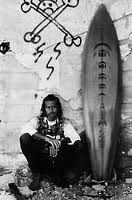
I studied Stecyk obsessively. I learned about his conceptual/performance art pieces. In “Road Rash,” he scraped dead animals from PCH, had them bronzed, then returned and glued them back to their original positions on the asphalt. What was he trying to say? I had no idea, but I loved the concept of bronzed road kill. In “Deep Six,” he toiled for years on an elaborate sculpture, showing it to no one, but spreading the word that it would be his magnum opus. Then, days before he’d promised to unveil it to the world, he loaded it up on a small rowboat in the middle of the night, paddled out past the kelp beds, and dropped it into the sea. ‘A meditation on our accelerated mortality,’ he called it, or words to this effect. Whether or not the sculpture ever actually existed was beside the point.
My favorite piece took place on Fourth of July, circa height of the Cold War. In the days leading up to it, Stecyk built in his garage a hammer and sickle-emblazoned mock bomb, complete with ticking clock. He studied the tides and calculated the sand’s movement. On the night before, he walked it down to the beach and buried it just below the high tide line. At noon on Independence Day, sun shining, beach packed, the shifting tide exposed the ticking bomb. Hysteria broke out. Stecyk— clad in an official-looking bomb squad uniform—looked on with deep pleasure. When he was good and satisfied, he pushed his way to the center of the panicking crowd, heaved the bomb up on his shoulder, and carried it away.
These seemingly pointless poetic acts, these monkey wrenches hurled at the spinning wheels of the status quo, spoke to me on a profound level. Surf and skate culture’s DNA, I realized, were laced with a sense of absurdity, a giggling contrarian spirit. The acts themselves were innately futile. On a surfboard, you leave no tracks. As quickly as you ride a wave, the ocean swallows it back up. On a skateboard, there are no finish lines or hoops, no field goals or three pointers.
There’s a lot of skate punk in Francis Alÿs’s work, albeit with a sharp note of cultural and political challenge. For “Untitled,” he drove his Volkswagen Beetle 750 miles from Mexico City to the Botanical Garden in Culiacán, Sinaloa. As crescendo, to create a piece that “dealt with empathy between nature and culture,” he celebrated his arrival by driving full speed into a tree. It was all scripted, of course. The curators of the Botanical Garden had invited Alÿs to come up with a site-specific work to co-exist alongside botanical displays. Culiacán is a notorious narco hotspot.
“I decided to prompt this empathy of sorts in part because I sensed that the omnipresent anger that had built up in Culiacán over the drug wars had to come out loud, be manifested or literally performed,” he told Bomb. “It wasn’t enough to abandon my car there, simply making a poetic or ecological beau geste… So only a few hours after having arrived in Culiacán, there I am like a fool picking up speed in my vochito [Volkswagen Beetle] heading toward this pinche árbol, this wretched tree that keeps getting closer and closer. In that lapse of those final 65-50-35-20-10 feet, the absurdity of the human condition became so glaring to me, so absolute… It was as if I’d been punched in the chest by the absurdity and tragedy of this art mission in this lost town of Sinaloa…it transported me to another reality, in the space of 50 feet.”
Born in 1959, Alÿs grew up as Francis de Smedt in Belgium, where his father was an appeals-court judge. He studied architecture in Venice in his early twenties, and moved to Mexico City in 1987, where he has lived ever since. He worked for several years as an architect. Alÿs was a name he took to evade Belgian authorities. Only later did he turn it into his artistic pseudonym.
After falling in with a group of artists and expats, and whiling away long hours at the Salón dés Aztecas, a spawning ground for a generation of important Mexican artists, he did what might be called his first intervention. With the city still in disrepair from the 8.0 earthquake that ravaged Mexico City in 1985, Alÿs stuffed pillows in broken windows. His artistic practice grew from there. In an early piece, he took his place in the Zócalo, the main square in the historic center of Mexico City, with a line of day laborers. The day laborers’ signs advertised their respective trades: PAINTER, PLUMBER, PLASTERER. Clad in sport coat and sunglasses, Alÿs’s sign read, TURISTA. On the day of the 1994 Mexican Presidential Elections, he did “Housing For All.” First he taped together 18 campaign banners. Then he fastened them to a downtown subway grate, which blew hot air. The result was a sort of tent à la Marilyn Monroe in The Seven Year Itch, under which Alÿs lay down in the shade.
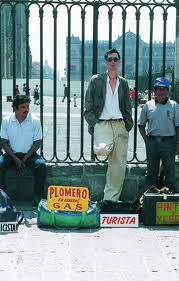
Alÿs’s studio is located a few blocks from the Zócalo. A three-story, eighteenth-century townhouse, virtually every room is devoted to a specific task—one is used for painting, another for film editing, another for animation work, etc. He often paints or draws late into the night. “I need painting,” he told The New York Times. “It’s a moment to slow down. Time stops, and I step out of the moment of production. I use it like a yoga session.”
Alÿs is a busy man. For the last half a decade or so, he’s had exhibitions in virtually every major city worldwide. His work is hard to categorize. Most pieces are documented on video, with Alÿs playing a kind of elongated Charlie Chaplin role. Some cannot be documented. In “The Rumor,” for instance, he went to the town of Tlayacapan, in Morelos, Mexico, and started asking the locals about a man who never existed.
“The idea was to try to affect daily life in this town without leaving any physical traces,” he told Bomb. “As a rule, the only elements in rumors are oral. As soon as physical objects associated with this particular rumor appeared, such as a sketch of the disappeared man that the police started posting after three days, my project was called off and I left the town. I think my resorting to fables is not related to poetry, it’s more about switching from words to images, and, when it comes down to it, to my conflict with images. Images sometimes betray you; they expose you.”
Some works cast him as a sort of Pied Piper. On a visit to Peru in 2002, he became interested in the proliferation of shantytowns and refugees of that country’s long-standing political upheavals. Enlisting a group of 500 Peruvians, he brought them to a giant sand dune outside Lima, equipped them with shovels, and instructed them to move the dune several meters. Though mostly an exercise in futility—wind would shift the sand back to its original place—Alÿs said that the exertion produced “some kind of social sublime.”

“Reel-Unreel,” his recent show at David Zwirner Gallery, included a film he made in Kabul, Afghanistan. Through the busy city streets, across the dusty desert, in a country most of us know only through the media, a flock of Afghan boys chase a film reel, with one boy unrolling the strip of film and leading the way, and another following behind, rewinding it. It’s playful and profound—and obviously layered with symbolism. There was much I wanted to ask Alÿs—about his visits to Kabul, about his color bar paintings that accompanied the film, about all of his work.
I’m reminded of “A Story of Deception,” a film Alÿs shot in Argentina. Driving down a dusty road, we chase after a mirage on the horizon. It shimmers and sparkles. And eludes us.
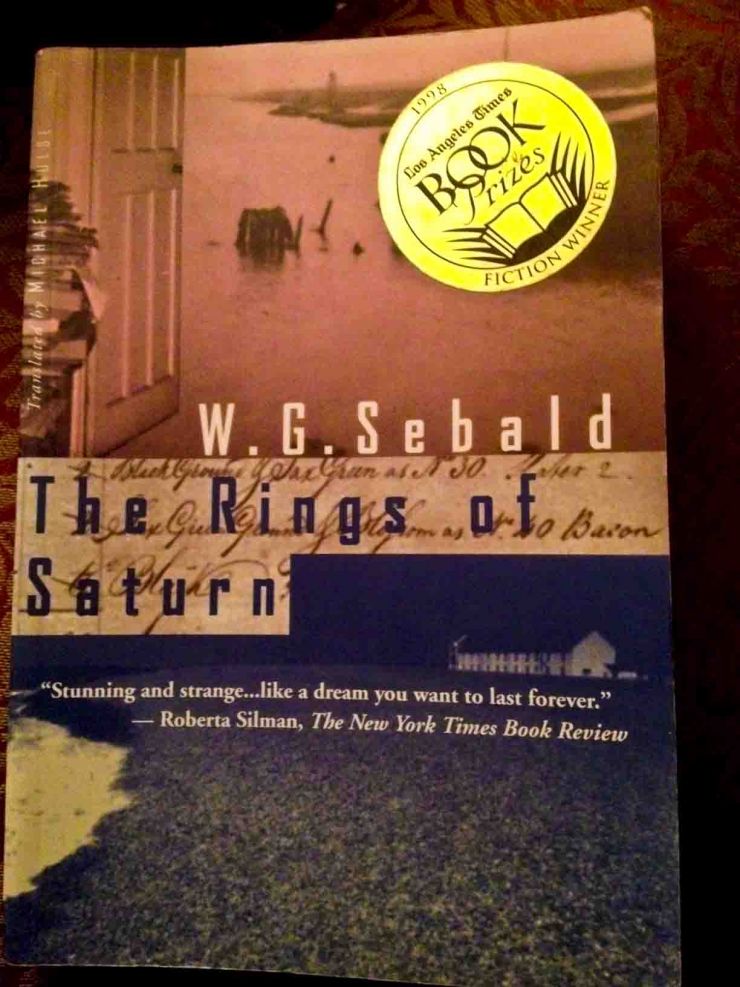


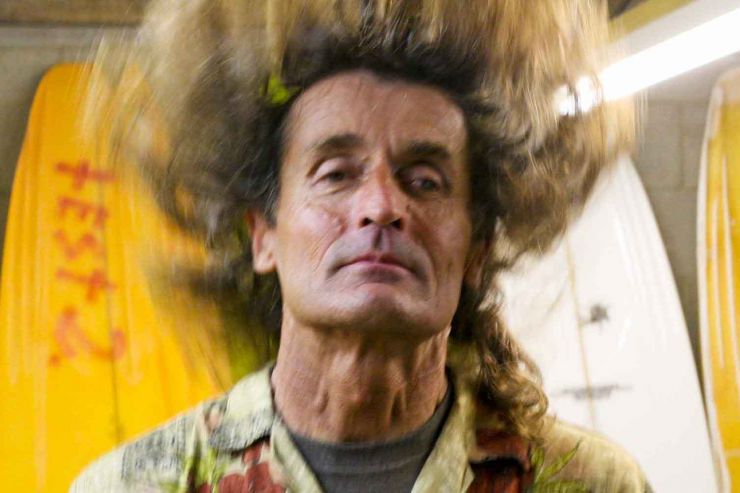
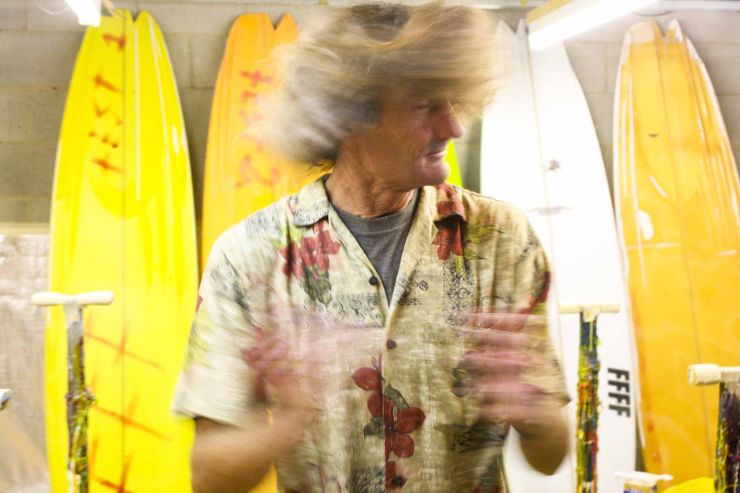
_copy_600_900_80.jpg)
